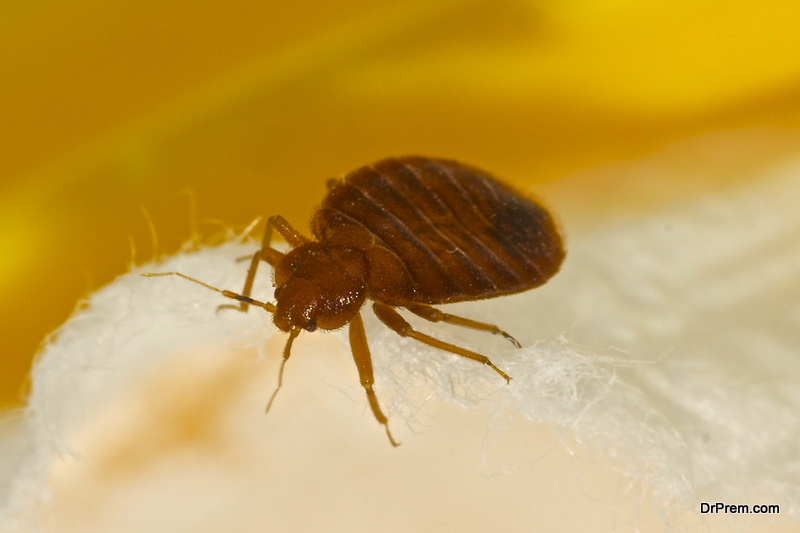Bed bugs are small brown oval shape insects that feed on the blood of humans or animals. Adult bed bugs have a flat body with an apple seed size; however, after feeding, their bodies will swell and turn red. Bed bugs can quickly move on walls, ceilings, and floors. Female bed bugs can lay hundreds of dust-sized eggs in their lifetime.
Looking for signs of bed bugs

A more accurate way to identify possible infestations is to look for physical signs of bed bugs. CAUTION:
- Cleaning, changing bed sheets, or crushed insects during travel leave rusty or reddish stains on bed sheets or mattresses.
- Black spots representing insect dung, which can penetrate into tissues like marks.
- Eggs and eggshells, tiny (about 1 mm) and light yellow, like nymphs, shells grow.
- Live bed bugs.
How to find bed bugs: Why is it so difficult?
Finding bed bugs in your home is more difficult than you think. Unless done by a bed bug service los angeles, visual inspections are rarely reliable. These insects may be confused with other summer insects (such as carpet bugs), and if correctly identified, they may have spread to your territory. Nymphs are more difficult to spot because they are much smaller than bed bugs and lighter in color.
Do bed bugs only eat humans?

No. Bed bugs are also pests of the poultry industry and are known to parasitize bats. Some laboratories that study bed bugs breed bed bugs on guinea pigs and mice. Insects can feed on cats and dogs. The skin may be their barrier, but they can eat anywhere on the body without hair. Bed bugs are not unique to humans, but they are suitable for parasitism on us.
Where they Hide?
Bed bugs can live in almost any crevice or hidden place. They are most commonly found in beds or places where people rest or sleep. This is especially true in the early stages of the planting bed. As the number increases, insects tend to cross the bed to other places, making it difficult to control. Bed bugs are usually hidden in the seams, folds, and crevices of mattresses, spring mattresses, bed frames, and headboards.
A thorough rodent control services columbus oh inspection requires disassembling the bed and adding components to the edges so that the seams and surfaces at the top and bottom can be inspected. What to look for is the insect itself, the loss of nymphs, and the black stains of feces. Black dry insect feces usually appear at the seams of mattresses or where insects live.
Eliminate

Because bed bugs can hide in many different places in the house, they are not easy to eliminate. It is recommended to hire pest control experts. Clean up unnecessary debris around the house, so that there are fewer places for bugs to hide so that the difficulty of inspection and removal will be reduced. Some pest control companies requested that the furniture on the walls be removed, and mattresses and box springs should be placed on the edge of the front of the house. Other companies prefer to keep everything in place so they can inspect the furniture themselves before moving.
Can dogs get bed bugs?
“Technically, it can happen, but the short answer is no,” said Water Penny of Colorado Bed Bug K9, LLC. Unlike fleas and ticks, bed bugs prefer to suck human blood;poodle puppies for sale los angeles ca service explained that although bed bugs do not look for host dogs, it does depend on the degree of infestation. If the problem becomes serious enough, bed bugs may infiltrate the dog’s bed.
Disease Transmission

For years, researchers have speculated that bed bugs may be disease carriers. Many steps are required to make this bug. They must be able to acquire the infectious pathogen, accept it, and then transfer it to another organism. Bed bugs are believed to transmit more than 45 different pathogens, including HIV and hepatitis B. 1 Vancomycin-resistant Enterococcus (VRE) and Methicillin-resistant Staphylococcus aureus (MRSA) have also been isolated from bed bugs. 12 Although bed bugs are many pathogens, there is currently no confirmed case of bed bug transmission to humans. Research is needed to determine whether bed bugs play a role in disease transmission.
Article Submitted By Community Writer




